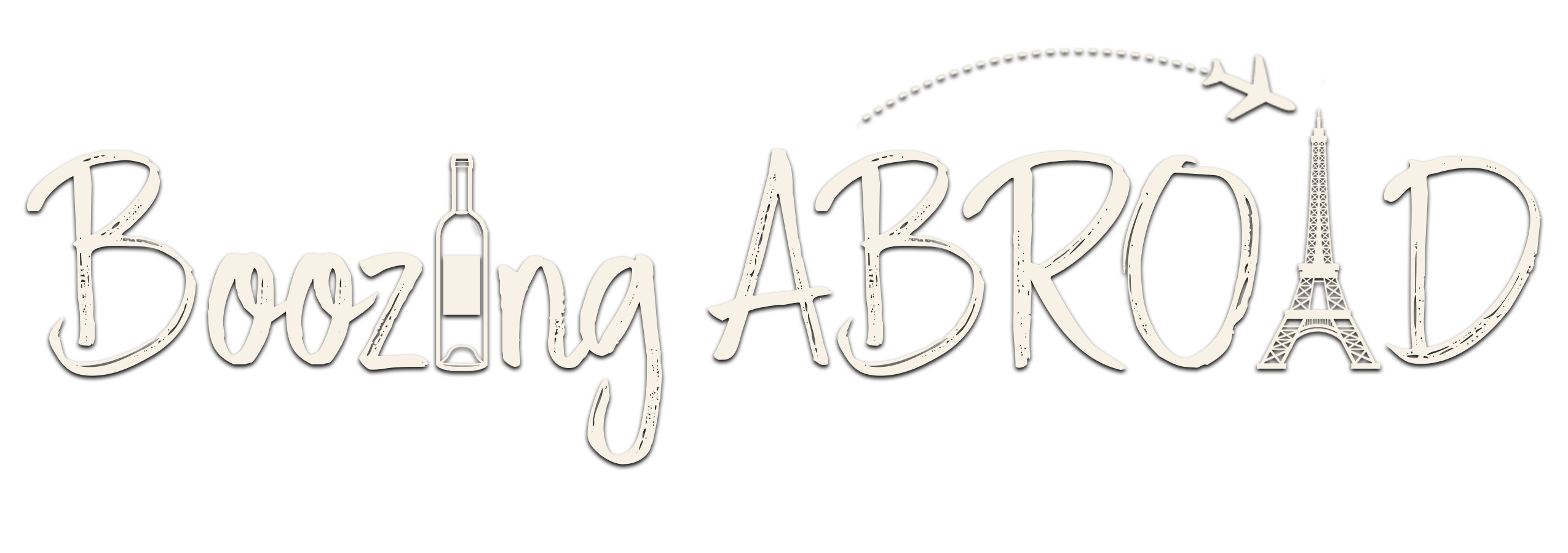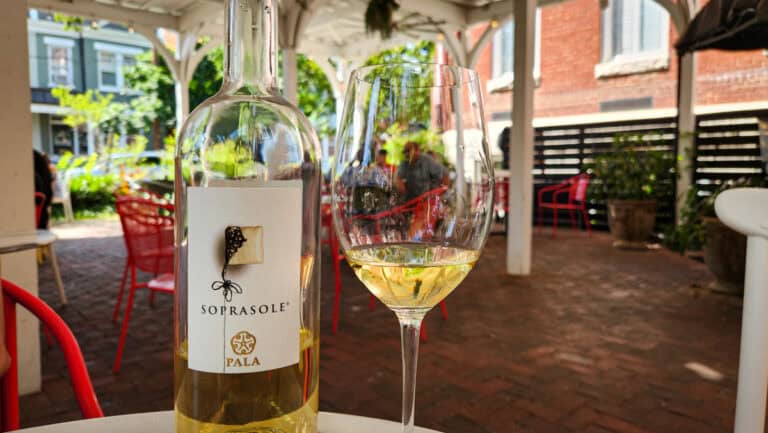How to Read an Italian Wine label
If you are reading this guide, you are looking to understand Italian wine labels.
We are no wine experts, but who doesn’t love a good glass of Italian wine? When we were traveling through Italy, we noticed that many of the bottles differed, with labeling like DOCG and VdT, and we wanted to investigate what it meant.
In this guide, we’ll teach you how to read an Italian wine label and understand what it all means.
Short on Time? Here are the key takeaways:
- There are 4 main classification for wine in Italy.
- DOCG is the most regulated while VdT is table wine.
- Super vs Superior Tuscan is determine by the grapes growing location/
- You should probably “sample” a lot of Italian wine to find a favorite. In our opinion, all wine in Italy is excellent.
This post was originally published in October 2018, and was updated in March2024.
**Boozing Abroad contains affiliate links throughout the site. If you choose to purchase items through these links, we will earn a small commission at NO extra cost to you. Read the full disclosure policy here**
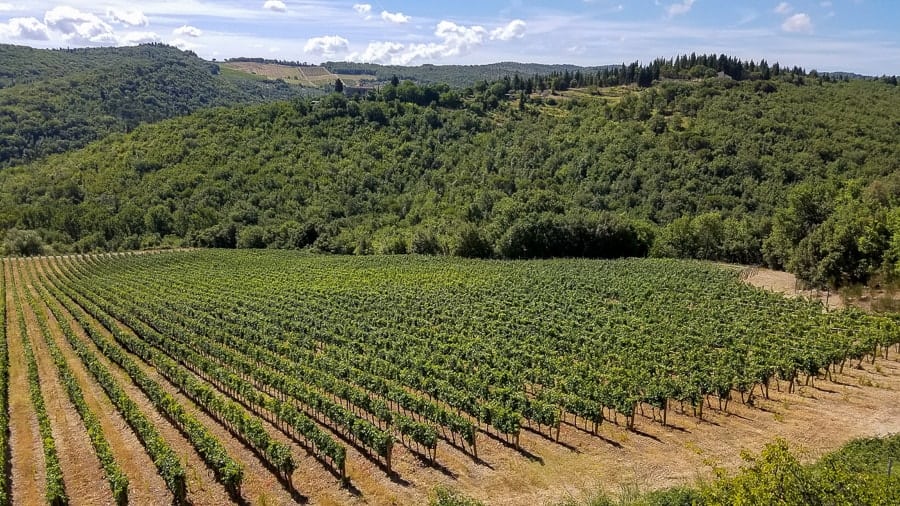
History of Italian Wine Classification
In 1963, the Italian government created a system (similar to the French Appellation d’origine contrôlée, or AOC) to help standardize quality control of wine produced in Italy.
This means wines are produced in specific, well-defined regions, according to precise rules designed to preserve the traditional winemaking practices of each individual region. Basically, this means that you don’t have to know much about Italian wine to be a snob since the label gives it away!
In 1992, this system was changed to comply with the EU laws to include geographic region. It’s the same reason that the “champagne” made in the United States is called sparkling wine because it is not produced in the Champagne region of France. Any “champagne” produced in the U.S. will never make it to a shelf in the EU for that reason.
How to Read an Italian Wine Label
Understanding the Four Main Categories of Italian Wine
- Denominazione di Origine Controllata (DOC)
- Denominazione di Origine Controllata e Garantita (DOGC)
- Vino a Indicazione Geografica Tipica (IGT)
- Vino da Tavola (VdT)
What a mouthful. If those categories didn’t immediately clear things up for you, keep on reading!
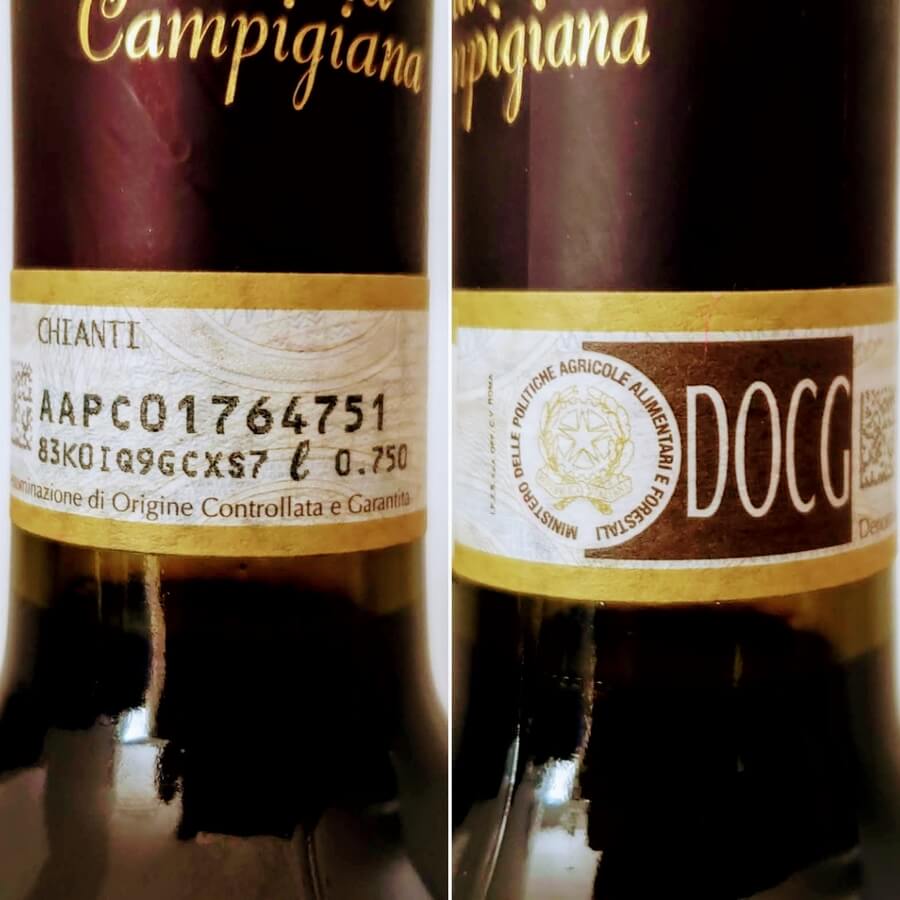
DOCG
As referenced in our Tuscan Wine Tour post, Denominazione di Origine Controllata e Garantita (DOCG) translates to controlled and guaranteed designation of origin.
This category means the wines must pass a government evaluation by taste test (how do we get that job?) before they can be bottled. Taxpayer dollars hard at work!
How many wines are DOCG?
There are less than 100 wines categorized as DOCG in Italy. The government bottles and seals these wines with a numbered governmental seal across the cork or cap to prevent any manipulation after the evaluation.
When trying to learn how to read an Italian wine label, you can select a bottle with the DOCG label on the neck of the bottle for easy reading.
Guaranteed to impress! If the person that you are with doesn’t know – well now, as the wine expert, you can teach them something new!
During our travels through Florence, we fell absolutely in love with Chianti wine (it’s literally everywhere) and particularly were looking for the DOCG bottles of Chianti as we knew it was guaranteed to be of a certain quality and from the region.
Here is a list of all DOCG wine in Italy.
DOC
Denominazione di Origine Controllata (DOC) translates to controlled designation of origin.
Similar to DOCG, this requires that all food and beverage products within a specific region in Italy must be produced to certain standards.
There are currently more than 300 wineries who produce DOC wines.
IGT
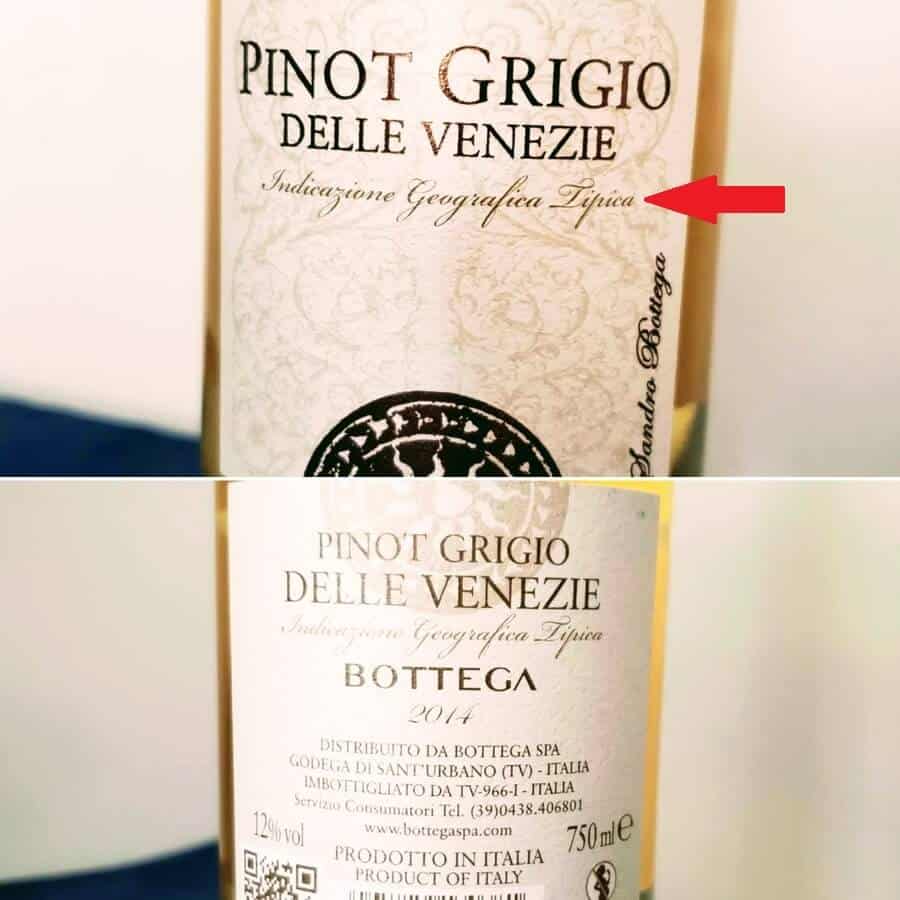
Indicazione geografica tipica (IGT) translates to geographic indication and was created to recognize the unusually high quality of the class of wines known as Super Tuscans.
IGT wines are labeled with the locality of their creation, but do not meet the requirements of the stricter DOC or DOCG designations, which are generally intended to protect traditional wine formulations such as Chianti or Barolo.
Depending on the bottle font, this can be a bit harder to find when learning how to read an Italian wine label (see picture above).
To see a complete list of IGT wines, click here.
VdT
Vino da Tavola (VdT) literally translates to “table wine” and is intended for daily consumption.
Don’t you just love how the Italians agree with the daily consumption lifestyle?!
Categorized by type of wine and quality level, VdT is the lowest quality of wine with little to no restrictions placed on the production process – except that you can’t use poison (that literally is in the law!).
Most Italian table wines are easy drinking, thin, and weak in composition; but that doesn’t mean they aren’t great wines!
It just means they lack the specialized winemaking processes of other types of wine. Better for drinking with food than on its own.
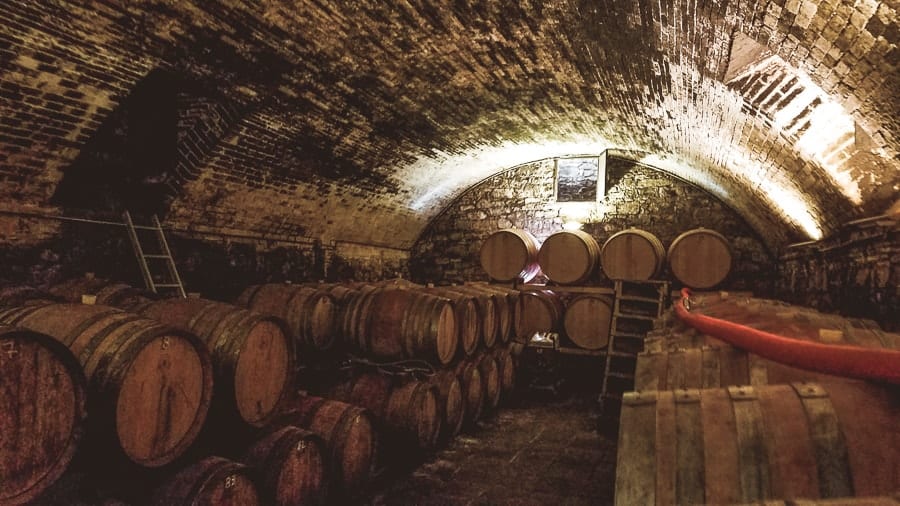
Super Tuscan vs Superior Tuscan
Yes, this designation is related to wine, not super heros. Although, you could argue that wine has superpowers.
Super Tuscan is a term that describes red wines from Tuscany that use non-indigenous grapes – Tuscan wine that includes grapes from other regions that aren’t Tuscany.
Coined in the 1970s, this was created when winemakers started to mix “unsanctioned” grapes into their high-quality wines to make a blend. Think Merlot or a Cabernet Sauvignon. These wines didn’t meet the strict Italian requirements that traditionally came from that region. Today, most Super Tuscan wines are labeled IGT Toscana.
Superior Tuscan is used to refer to wine produced in the provinces of Florence and Siena, but not in the Classico Tuscan zone. Specific to the Chianti region, these wines meet the DOC requirements, but because of their location, they do not meet the DOCG requirements.

There you have it. A quick and simple guide on how to read an Italian wine label. Now you know that wines are classified by more than just their color and varietals of grapes.
In summary:
- DOCG – Italy’s top wine from a specific region and is guaranteed to be from a specific region and is most likely a high-quality wine. Make sure you look for the label on the bottle neck. Unsponsored plug: Trader Joe’s (and many other grocery stores) has some great DOCG wines available for a great price
- DOC – Quality wines from specific regions that are made while preserving local traditions
- IGT – wines from specific region and nice for everyday drinking
- VdT – basic and inexpensive table wine
This is a quick-and-to-the-point overview and brief summary so you can quickly make a decision on the wine you are consuming while becoming more appreciative of the wine at the same time. Now, go be a wine snob! You earned it.
Looking for more Italy info? We have a few guides!
Browse them all here or see the most popular ones below:
